
The impact of the adjustment of China’s zero-covid policy on lighting importers around the world
The impact of the adjustment of China’s zero-covid policy on lighting importers around the world 2022 is the third year of the global pandemic of
Abstract: Electroplating is the process of coating with metal by means of an electric current on some metal surface. One of the major ways of both decorating objects and improving their resistance to corrosion is by electroplating them. I wonder how much you know about the electroplating application in lighting? To provide you better understanding of the electroplating process, we will make detailed analysis of electroplating, including electroplating principle, way of electroplating, procedure of electroplating, etc..
Electroplating, process of coating with metal by means of an electric current. A dynamo supplies electric current, which is controlled by a rheostat. When the switch is closed, the cathode bar, which holds the work to be plated, is charged negatively. Some of the electrons from the cathode bar transfer to the positively charged copper ions (Cu2+), setting them free as atoms of copper metal. These copper atoms take their place on the cathode surface, copperplating it. Concurrently, as shown in the drawing, the same number of sulfate ions (SO42-) are discharged on the copper anodes, thereby completing the electrical circuit. In so doing, they form a new quantity of copper sulfate that dissolves in the solution and restores it to its original composition. This procedure is typical of nearly all ordinary electroplating processes; the current deposits a given amount of metal on the cathode and the anode dissolves to the same extent, maintaining the solution more or less uniformly. If this balance is perfect and there are no side reactions or losses, a 100 percent cathode efficiency and 100 percent anode efficiency could possibly be realized.
There are various ways of Electroplating, including rack plating, barrel plating, continuous plating and brush plating, which depends on the size and batch of work to be plated. Rack plating is suitable for products with general size, such as car bumpers, bicycle handlebars, etc. Barrel plating is suitable for small parts such as fasteners, washers, pins, etc. Continuous plating is suitable for batch production of wires and strips. Brush plating is suitable for partial plating or repair.
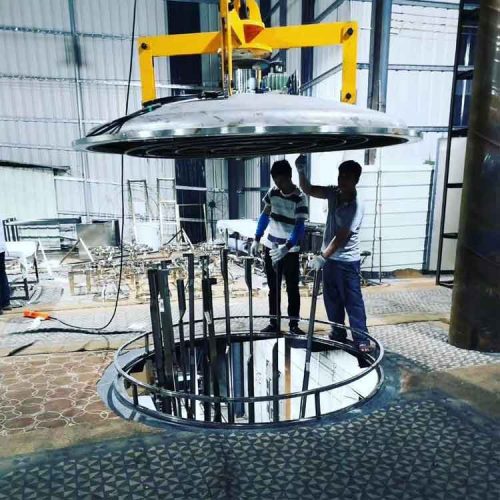
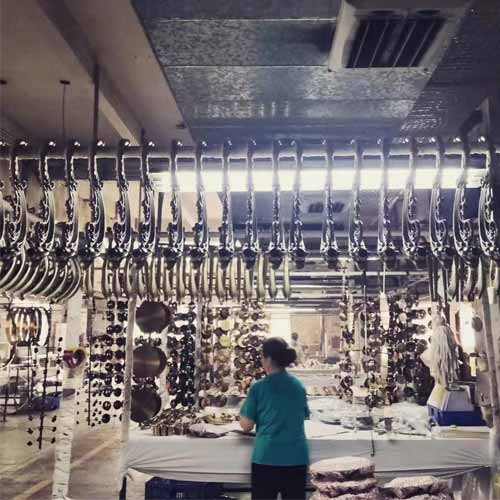
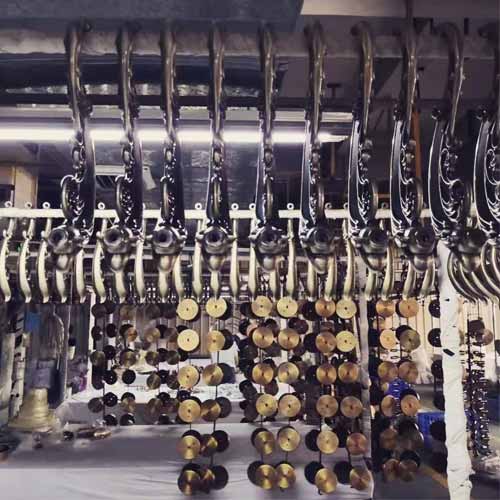
1. Ultrasonic Clean: remove the wax and impurities left on the accessories after polishing though ultrasonic wave.
2. Acid Dip: remove impurities on the surface of the accessories and solder powder at the welding position.
3. Degreasing: remove the oil stains on the surface of the processing accessories to achieve a bright surface.
4. Electro clean: All accessories must be electrolyzed to completely remove oil and stains, also increase the adhesion of the accessories.
5. Water Rinsing: Rinse with clear water, so as not to bring the previous impurities into the plating tank in the next process.
6. Alkali Copper: prevent rusting of electroplating surface, especially for iron materail.
7. Acid Copper: It can fill up some small pinholes on the electroplated parts
8.Primer Nickel: Nickel plating is needly as primer before coloring
9. Coloring
10. Drying
11. Sealing With Oil
12.Baking
The electroplating is divided into decorative coating and functional coating. Decorative coating is mainly chromium-plated layers on ferrous metals, non-ferrous metals and plastics, especially copper-nickel-chromium layers on steel, and nickel-chromium layers on zinc and steel. In order to save nickel, people have been able to plate copper-nickel/iron-high-sulfur nickel-nickel/iron-low solid nickel-chromium layer on steel. The tin/nickel coating, similar to the chromium coating, can be used on analytical balances, chemical pumps, valves and flow measuring instruments.
There are many types of functional coatings, such as: ①Pb-tin, lead-copper-tin, lead-indium and other composite coatings to improve compatibility and embedding with journals; ②Used for resistance The hard chromium coating on the piston ring of the medium and high speed diesel engine. This coating can also be used on the plastic mold, which has the characteristics of non-stick mold and long service life; ③Plating copper on the sliding surface of the large herringbone gear can prevent Early roughening of the sliding surface; ④Zinc plating to prevent the steel substrate from atmospheric corrosion; ⑤Copper-tin coating to prevent nitriding; ⑥Sn used in brazing in the manufacture of radios and televisions and to prevent corrosion of galvanic cells between steel and aluminum -Zinc coating. Engineering coatings suitable for repair and manufacturing include chromium, silver, copper, etc., and their thickness is relatively large, and the hard chromium layer can be as thick as 300 microns.
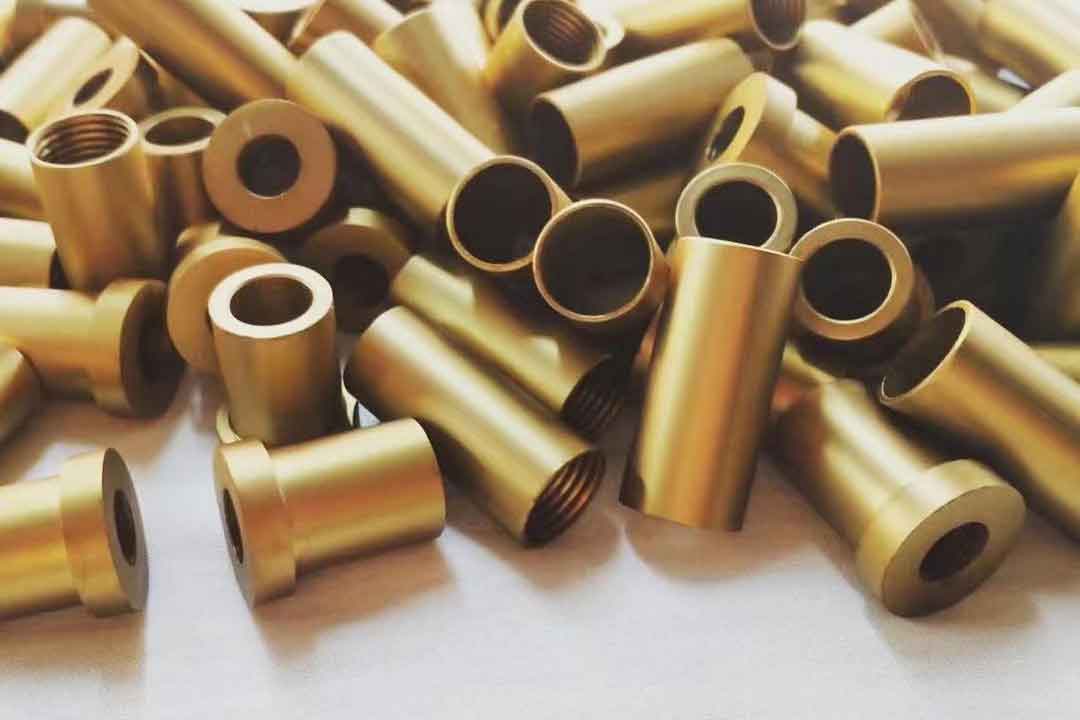
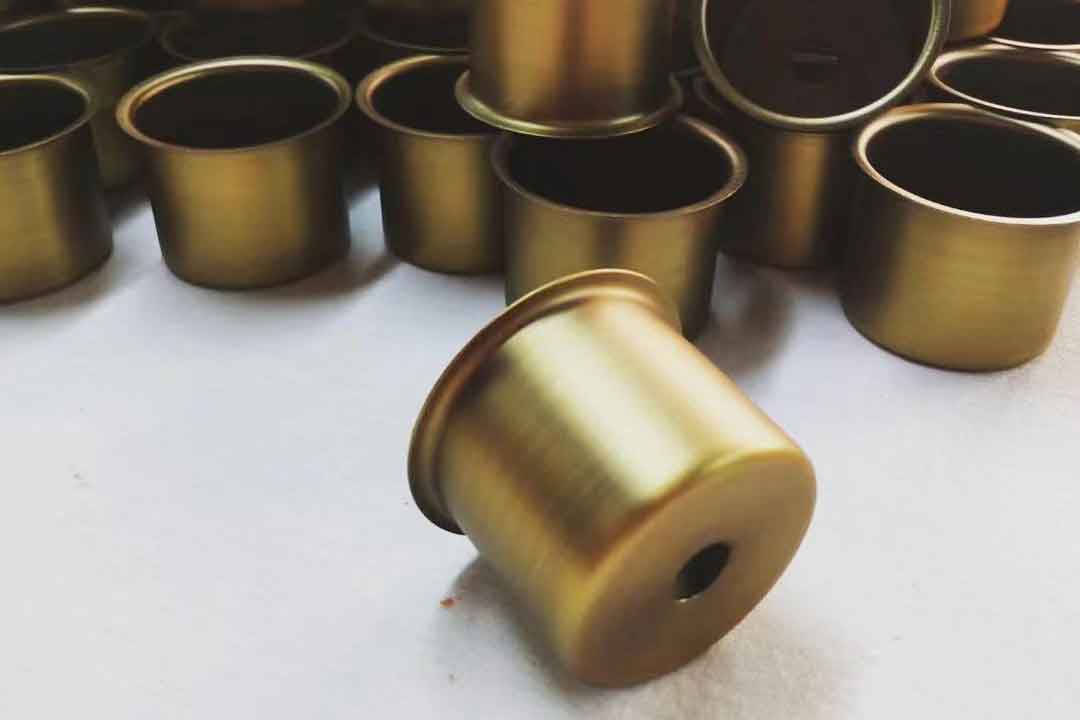
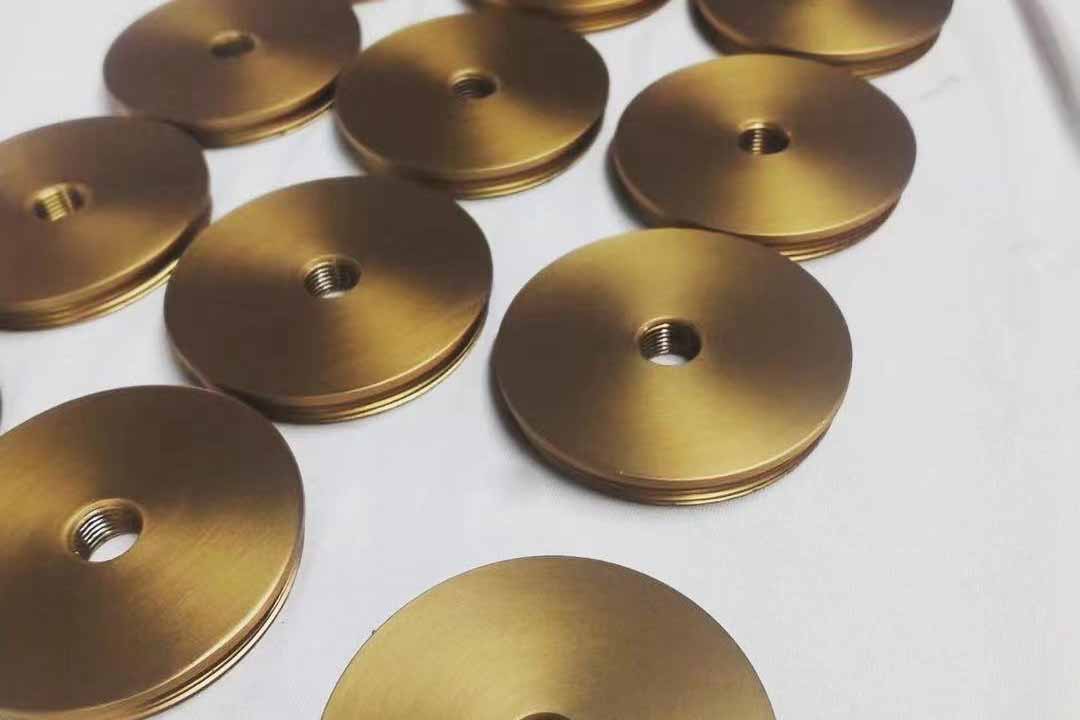
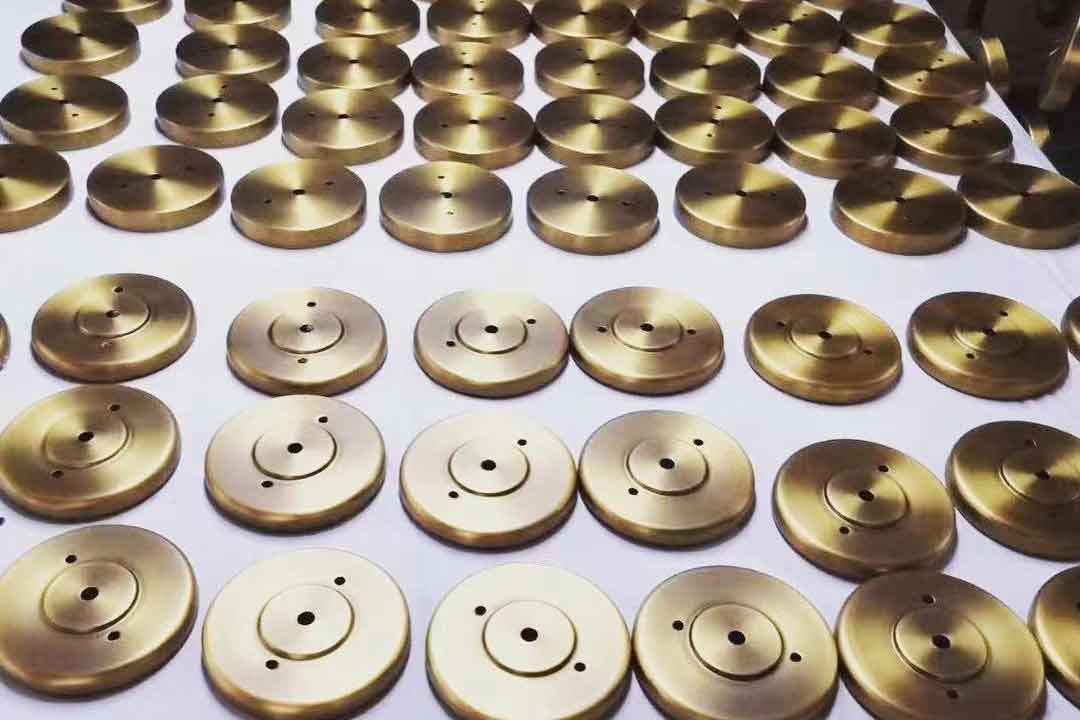
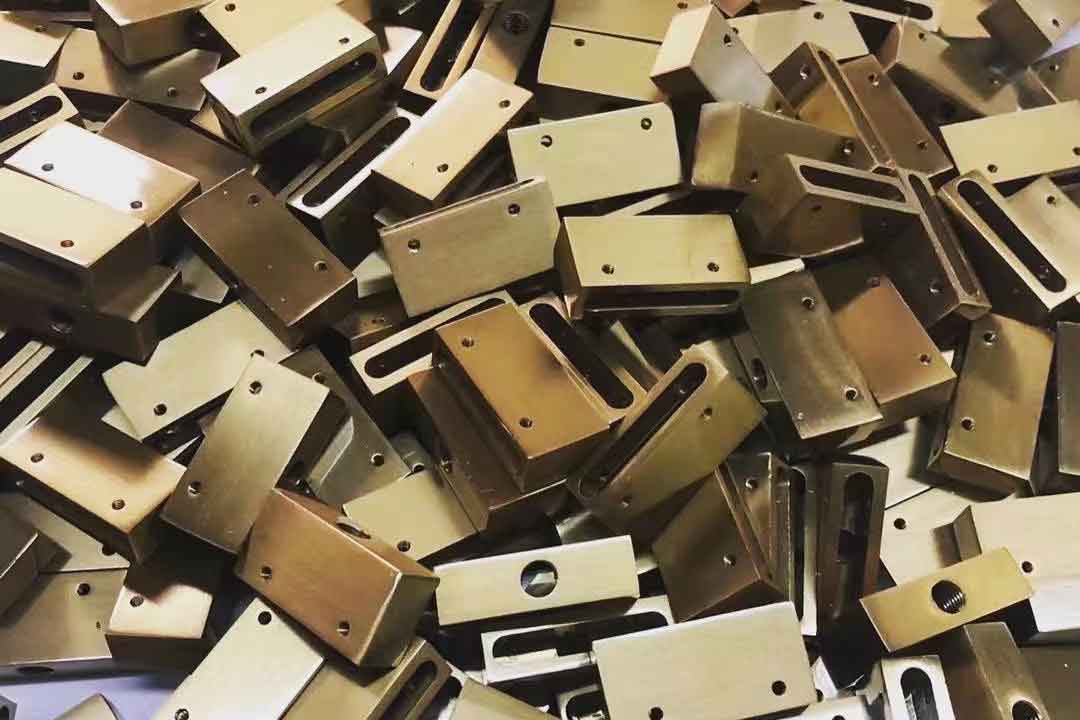
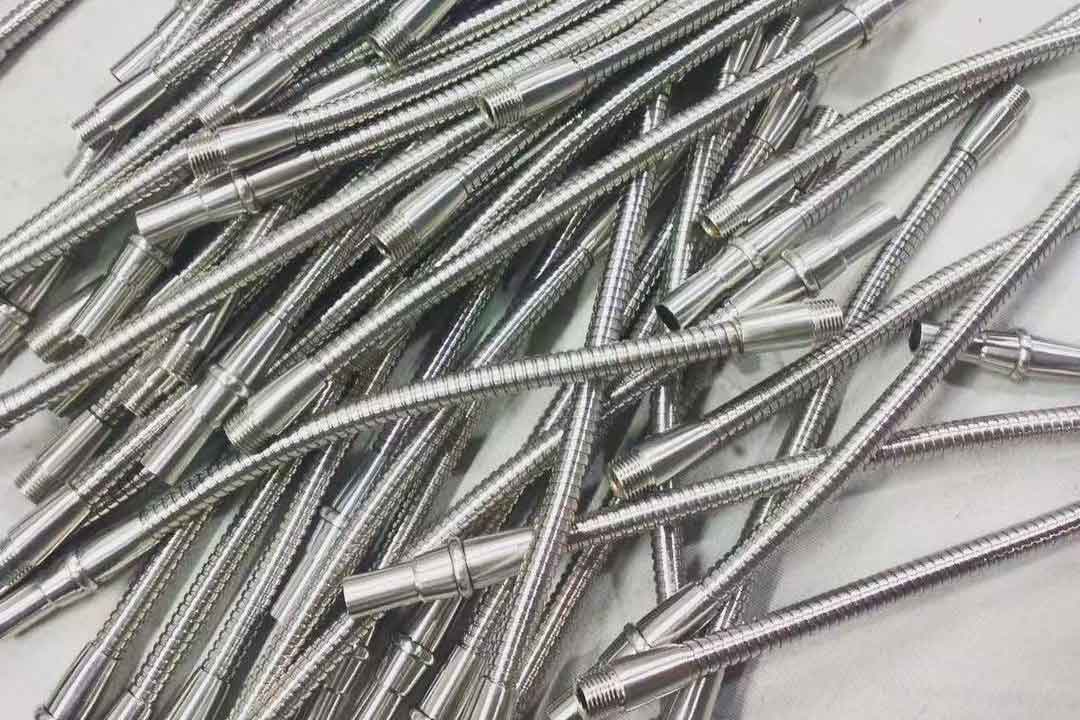
Electrochemical processes are used in many ways and their use is likely to increase because they can replace polluting chemical situations with nonpolluting electrochemical ones. In many fields, however, applications have been profitable for some time.

The impact of the adjustment of China’s zero-covid policy on lighting importers around the world 2022 is the third year of the global pandemic of

How to do the lighting business after the pandemic? Abstract: The time has come to 2022, and the pandemic situation in China has become unstable
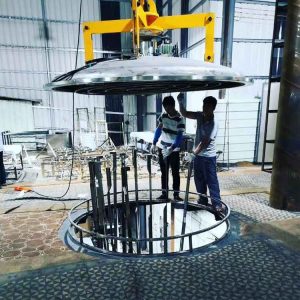
Electroplating is the process of coating with metal by means of an electric current on some metal surface. One of the major ways of both decorating objects and improving their resistance to corrosion is by electroplating them. I wonder how much you know about the electroplating application in lighting?